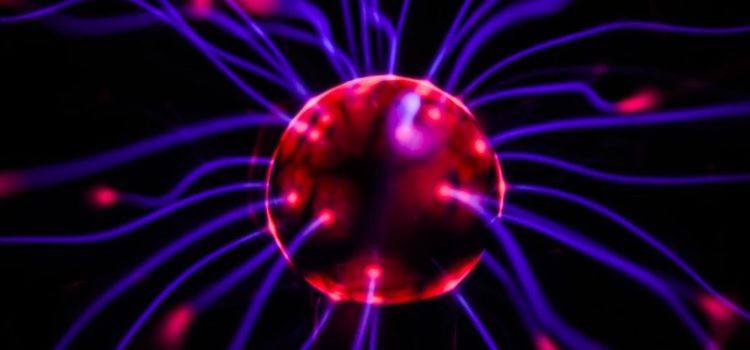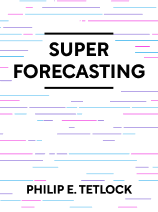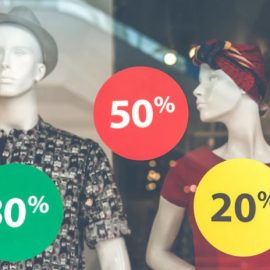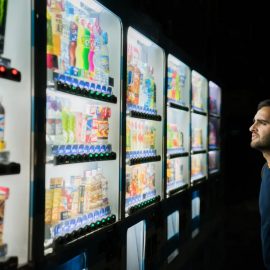

This article is an excerpt from the Shortform book guide to "Superforecasting" by Philip E. Tetlock. Shortform has the world's best summaries and analyses of books you should be reading.
Like this article? Sign up for a free trial here .
What is the difference between system 1 and system 2 thinking? What are the cognitive processes that underlie these two thinking modes?
Psychologists often describe human minds as operating on two thinking modes: system 1 and system 2 thinking. System 1 governs unconscious thinking patterns that run without our conscious awareness. System 2, on the other hand, governs deliberation and conscious reasoning.
Keep reading to learn about system 1 and system 2 thinking.
System 1 and System 2 Thinking
The concept of system 1 and system 2 thinking was first introduced by psychologist and behavioral economist Daniel Kahneman. System 1 governs automatic and unconscious thinking processes, while system two governs conscious deliberation.
Cognitive Biases
The unconscious realm of System 1 is far more important than we tend to recognize since it is the source of all our sensory perceptions, automatic motor and cognitive processes, and snap judgments. System 1 was crucial for human evolution. Early human hunter-gatherers who reacted instinctively to the snap of a twig were far more likely to survive than those who took the time to consciously decide whether the sound most likely came from a predator. Relying on System 1 was an adaptive trait: The instinctive reactors were more likely to survive long enough to pass on their genes to the next generation.
We still rely on System 1 for survival, but the modern world often presents us with problems that System 1 is not equipped to handle. This is where the conscious, thoughtful System 2 comes in—ideally. System 1 is the source of cognitive biases—the automatic mental processes that skew our judgment, often without us even noticing.
- Availability heuristic: The automatic process of making snap decisions based on memorable experiences. For example, if hearing the snap of a twig brings to mind a memory of a lion pouncing on its prey, you automatically conclude that a lion must be the source of the sound and that you are in danger. If you’ve never witnessed or heard of a lion attack, you’ll interpret the sound differently.
- Explanatory urge: The human tendency to create a story that explains unrelated phenomena in our lives. We operate under the assumption that the world makes sense, so if something strange happens, there must be an underlying, logical explanation. As a result, we often latch onto the first plausible story we come up with to connect the dots.
- Confirmation bias: Only seeking out evidence that supports your existing beliefs (based on the story your explanatory urge came up with) and ignoring contradictory evidence. For example, if you assume your boss doesn’t like you, you’re likely to fixate on negative interactions with her and ignore any positive interactions.
- Attribute substitution: A “bait and switch” maneuver in which we unconsciously substitute an easy question for a harder one. For example, an interviewer may unconsciously substitute the question “Was this person dressed professionally?” for the question “Will this person take this job seriously?”

———End of Preview———
Like what you just read? Read the rest of the world's best book summary and analysis of Philip E. Tetlock's "Superforecasting" at Shortform .
Here's what you'll find in our full Superforecasting summary :
- How to make predictions with greater accuracy
- The 7 traits of superforecasters
- How Black Swan events can challenge even the best forecasters






